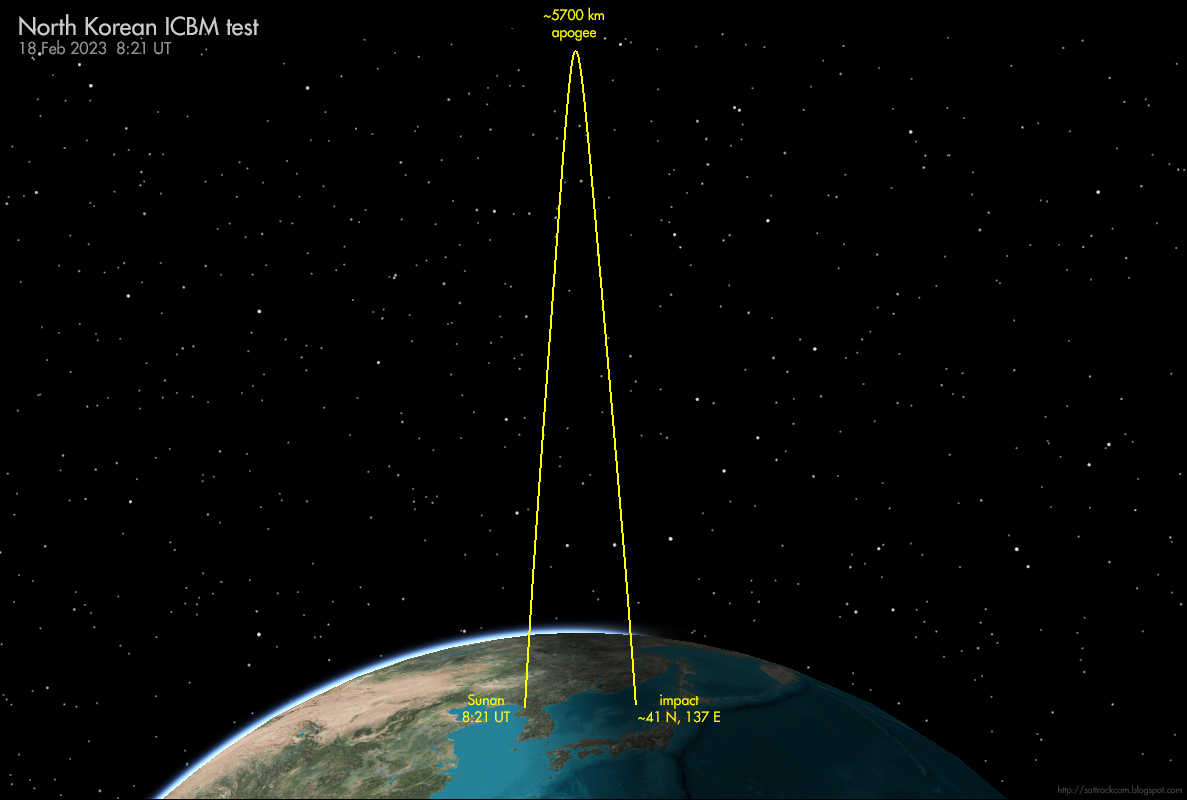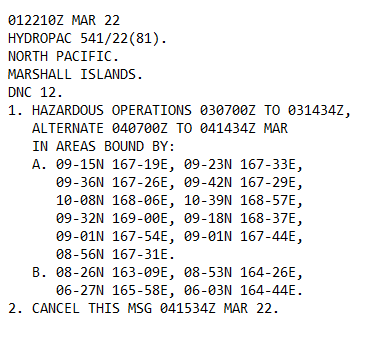1/4
Voor wie het gisteravond gemist heeft:
een iconische (niet meer aktieve) deels Nederlandse satelliet, #IRAS, is in gevaar. Gisteren waarschuwde het commerciële SSA bedrijf @LeoLabs_Space voor een zeer dichte nadering (nominaal 15-50m) op 30 Jan 00:39:36 NL tijd.
@SSC_NL

Voor wie het gisteravond gemist heeft:
een iconische (niet meer aktieve) deels Nederlandse satelliet, #IRAS, is in gevaar. Gisteren waarschuwde het commerciële SSA bedrijf @LeoLabs_Space voor een zeer dichte nadering (nominaal 15-50m) op 30 Jan 00:39:36 NL tijd.
@SSC_NL


2/4
IRAS is een iconische satelliet die we met recht tot het Nederlandse #erfgoed in de ruimte mogen rekenen. Ze heeft een zeer belangrijke rol gespeeld in de NL infra-rood astronomie en is vrijwel geheel in NL gebouwd (het project was een samenwerking van NL, VK en USA)
IRAS is een iconische satelliet die we met recht tot het Nederlandse #erfgoed in de ruimte mogen rekenen. Ze heeft een zeer belangrijke rol gespeeld in de NL infra-rood astronomie en is vrijwel geheel in NL gebouwd (het project was een samenwerking van NL, VK en USA)

3/4
De andere satelliet, SSGE 4/POPPY 5B is een oude Amerikaanse militaire SIGINT satelliet uit 1967. Het POPPY programma was een vroege voorloper van de huidige NOSS satellieten. Net als IRAS is ze al lang niet meer operationeel.
De andere satelliet, SSGE 4/POPPY 5B is een oude Amerikaanse militaire SIGINT satelliet uit 1967. Het POPPY programma was een vroege voorloper van de huidige NOSS satellieten. Net als IRAS is ze al lang niet meer operationeel.
4/4
De dichte nadering/mogelijk botsing tussen #IRAS en GGSE 4/POPPY 5B vind plaats boven de oostkust van de VS op 30 Januari om 00:39:36 NL Tijd (29 Jan 23:39:36 UT). Botsingskans volgens LeoLabs 1 op 100. Dat is een serieus risico. Laten we hopen dat het goed afloopt.
De dichte nadering/mogelijk botsing tussen #IRAS en GGSE 4/POPPY 5B vind plaats boven de oostkust van de VS op 30 Januari om 00:39:36 NL Tijd (29 Jan 23:39:36 UT). Botsingskans volgens LeoLabs 1 op 100. Dat is een serieus risico. Laten we hopen dat het goed afloopt.

5/5
Meer info over de satellieten in kwestie in deze draad van @planet4589 :
Meer info over de satellieten in kwestie in deze draad van @planet4589 :
https://twitter.com/planet4589/status/1221939151295197187?s=20
• • •
Missing some Tweet in this thread? You can try to
force a refresh













